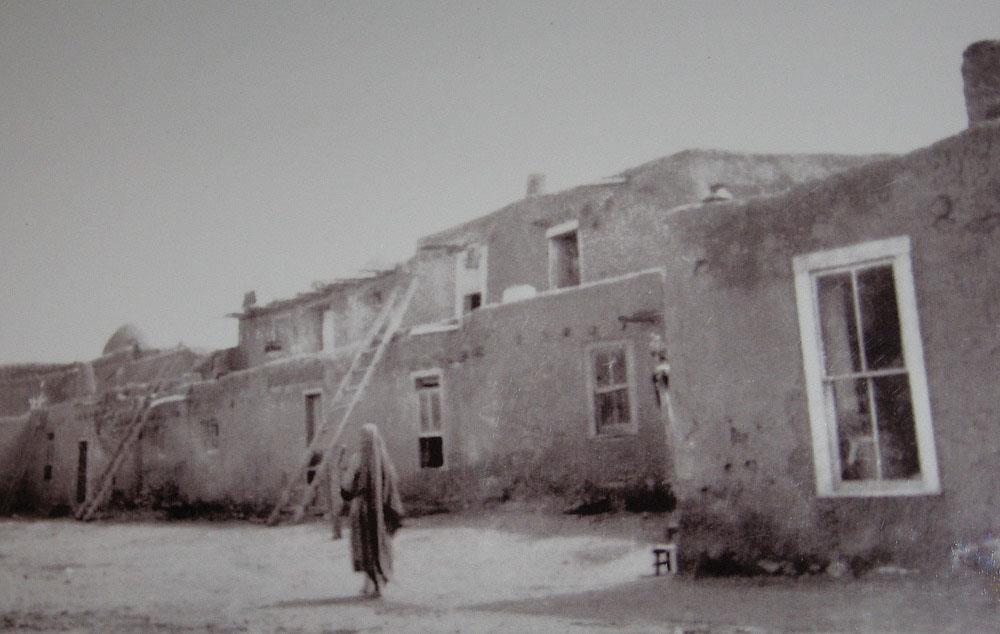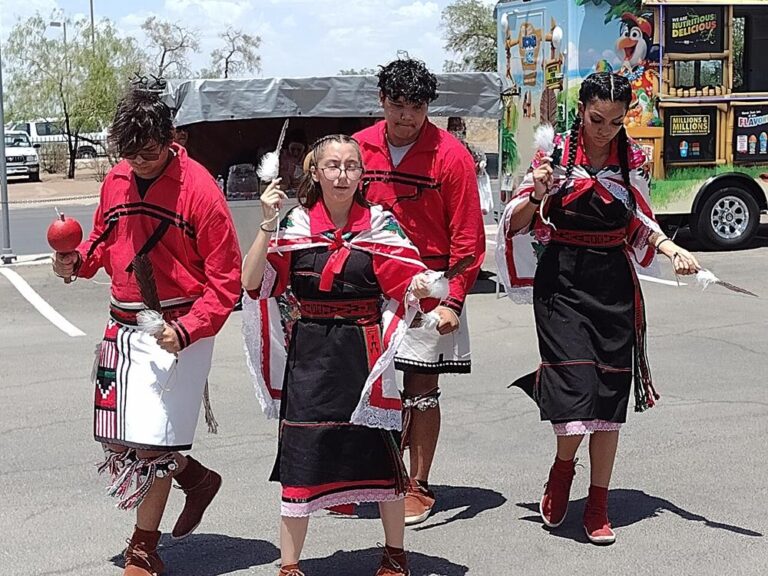Long before Texas became part of the United States, the Tugua Tribe, also known as the Tigua or Ysleta del Sur Pueblo, had already established a thriving community in what is now El Paso County. Their story is one of resilience, adaptation, and cultural endurance, tracing back centuries to the ancient Puebloan peoples of the American Southwest.
Origins and Early Settlement
The Tugua trace their ancestry to the Southern Tiwa-speaking Pueblo people of New Mexico. Their journey to Texas began in 1680 during the Pueblo Revolt, when Spanish rule in New Mexico collapsed and many Pueblo tribes fled south for safety. Among them were Tigua families who followed the retreating Spanish colonists and soldiers.
They eventually settled near the Rio Grande River, founding the community of Ysleta del Sur Pueblo in 1682. This settlement became the oldest continuous Pueblo community in Texas, blending Native, Spanish, and later Mexican influences over the centuries.
Culture, Society, and Traditions
View this post on Instagram
The Tugua maintained much of their Puebloan heritage, including their language, social structure, and traditional ceremonies. Their original language, Tiwa, has nearly disappeared, but revitalization efforts continue through cultural programs and community education.
Traditional governance included roles such as the Cacique (spiritual leader), Governor, and War Captain, reflecting a balance between religious and civil authority. The tribe’s religious life blended ancient Pueblo beliefs with Catholic practices, a legacy of Spanish influence. Colorful ceremonies like Harvest Dances and Feast Days continue to celebrate this spiritual blend.
Agriculture was central to Tugua life. They developed acequia irrigation systems to farm along the fertile river valley, growing corn, beans, squash, and other staples. Their traditional arts—especially pottery, weaving, and beadwork—remain vital expressions of their heritage.
Relations with Spanish, Mexican, and Anglo Influences
Under Spanish rule, the Tugua lived within a mission system centered around Mission Ysleta, the oldest continuously operated mission in Texas. After Mexico gained independence in 1821, the community adapted to new governance but maintained its distinct Pueblo identity.
When Texas joined the United States, the Tugua found themselves under Anglo-American rule, which often ignored Native land rights. Despite these pressures, the Ysleta community persisted, though its population and landholdings diminished over time.
Hardships and Loss of Land

Throughout the 19th and early 20th centuries, the Tugua faced land loss, legal confusion, and marginalization. Without a formal reservation, much of their traditional land was absorbed by expanding El Paso and surrounding developments. Many tribal members faced poverty and discrimination, struggling to preserve their language and traditions amid assimilation pressures.
Fight for Recognition and Federal Status
By the mid-20th century, the Tugua began organizing to reclaim their status as a sovereign tribe. Though Texas recognized the Ysleta del Sur Pueblo in 1967, federal recognition proved more complicated.
In 1968, the Tiwa Indians Act placed the tribe under Texas jurisdiction, but it wasn’t until 1987 that the U.S. Congress passed the Ysleta del Sur Pueblo Restoration Act, officially restoring the tribe’s federal recognition. This recognition affirmed their sovereignty and eligibility for federal programs supporting tribal development and cultural preservation.
Contemporary Life and Economy
Today, the Ysleta del Sur Pueblo community includes over 2,000 enrolled members. The tribal government operates independently, with a council and governor managing affairs. The Tugua have developed several successful ventures, including the Speaking Rock Entertainment Center, which provides economic support for tribal programs and services.
Cultural preservation remains central to modern life. The Tigua Cultural Center in El Paso offers visitors a chance to learn about the tribe’s art, history, and traditions. Programs promoting language revitalization, youth education, and cultural exchange continue to strengthen their identity.
Legacy and Significance in Texas
The Tugua story represents one of Texas’s oldest and most enduring Native legacies. From their origins in New Mexico to their centuries-long presence in El Paso, they have maintained their identity through faith, family, and cultural pride. Their history adds depth to the broader story of Texas—showing how Indigenous resilience shaped the state’s cultural landscape long before statehood.
Conclusion
The Tugua Tribe’s journey is a story of survival and renewal. Despite centuries of upheaval, they remain a vibrant and proud community, preserving traditions while embracing the future. Visiting Ysleta del Sur Pueblo today offers not just a glimpse into history, but a living example of how the past continues to inspire the spirit of Texas.


